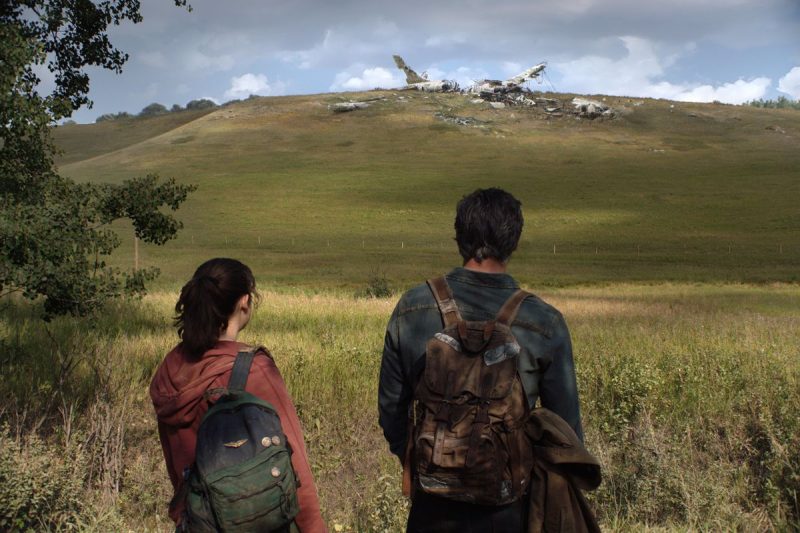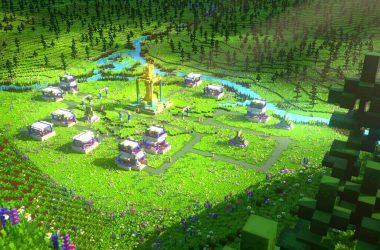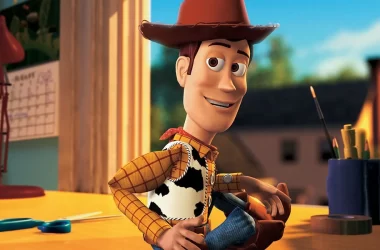It’s here and it’s sprouting in the minds of viewers faster than an outbreak of Cordyceps fungi. Why is The Last of Us – a seemingly doomed video game adaptation – living up to the expectations of die-hard fans and drawing in droves of new ones, with each new episode? On the face of it, the series looks to be a scene-by-scene recreation of the narrative many gamers have already played. Yet here we have the benefit of being nurtured, thrown into the early outset of dystopian ruin, by Chernobyl’s showrunner, Craig Mazin.
It feels a little like that critically acclaimed series, caked in radioactive dust and the discoloured remnants of catastrophe. Also, you’ve got the game’s creator, Neil Druckmann, onboard to retain the original vision of what many would call the most cinematic title in any console’s history.
What’s That? “Video Games Don’t Translate To TV/Cinema?”
Out to buck the trend of failed video game films, or series, The Last of Us has already garnered high praise and five-star bouquets from the likes of The Guardian and Empire. Your thoughts going into that first watching, if you’re even nearly as cynical as we can be, might’ve been a somewhat cantankerous: ‘Is it really that good?’ To which the second thought, after surviving the tragic opening sequence, elongated in this series to greater emotional effect, was probably something like: ‘Ah, yeah – I’m in this for the long haul.’
Why does it work so well? It might have something to do with Joel (Pedro Pascal), finally unhelmed since he won over Star Wars fans as the Mandalorian. It’s an understated, softly spoken performance that breathes in quieter moments and withheld words. There’s strength in the restraint of this character, which makes that first eruption of violence all the more gut-wrenching. Fatherly instincts, laced with mourning, enhanced by the end-world scenario of constantly waking up to the ebbing embers of your own faded species. It’s powerful stuff – when Game of Thrones’ giant’s-eye-gouger, Bella Ramsey, reveals her secret, you’re already hooked.
In Times Of Darkness…
We’ve all seen the zombie-ravaged United States before, beset by braindead hordes, but this is a blend of undead horror and action that still feels fresh. It might have something to do with the injection of animated fungus – made famous in time-lapsed nature documentaries – which adds an exciting viral spin to our fungal scaremongers. Also, there’s a neat environmental message thrown in, with rising temperatures acting as the catalysts for the virus changing hosts. You think the ants had a rough go of it? Just wait and see what happens to us. In Episode Two, you’ll get a taste of the full-mushroom effect and all the teeth-gnashing torment that follows.
All that isn’t to say this is some action-addled sprint into gore and combat, reminiscent of mindless button-bashing gameplay. Episode One flows mostly at a contemplative pace. Dust motes spiral as light slants through a boarded window. Raggedy survivors mill about on ramshackle streets. A fair amount of hard liquor gets washed down with… more hard liquor.
Overall, you surface from the first episode with a strong feeling that you’re in safe hands. Maybe this is an example set for game adaptations to come – or, which is probably more likely, it simply reminds us how important it is to ground drama and root your characters in a catastrophe-proof script.
Watch The Last of Us now on Sky Atlantic. Now TV in the UK. HBO in the US. Binge and Foxtel in Australia.









